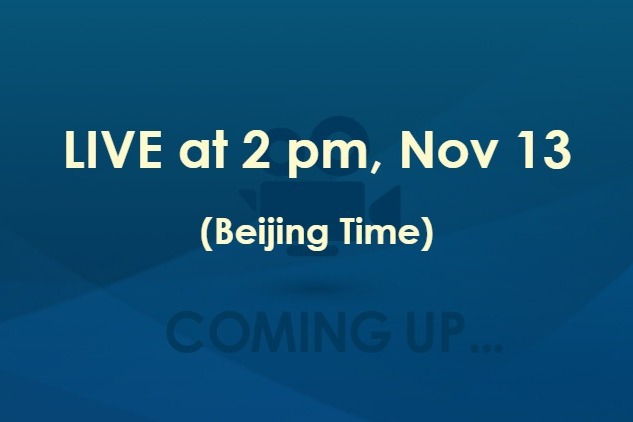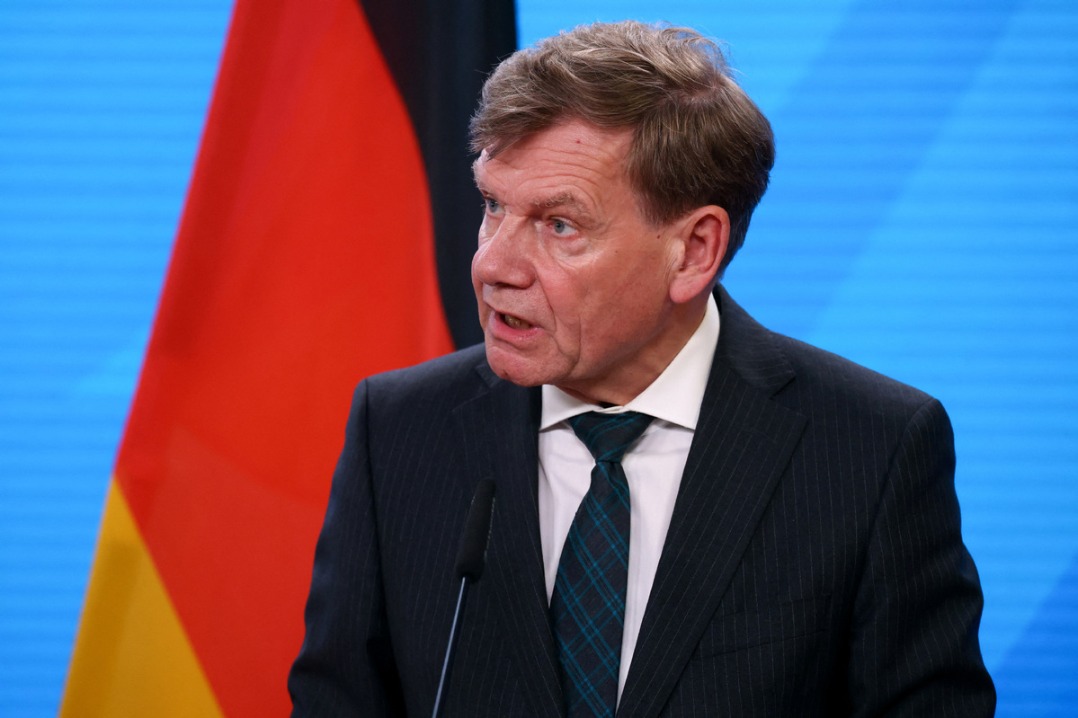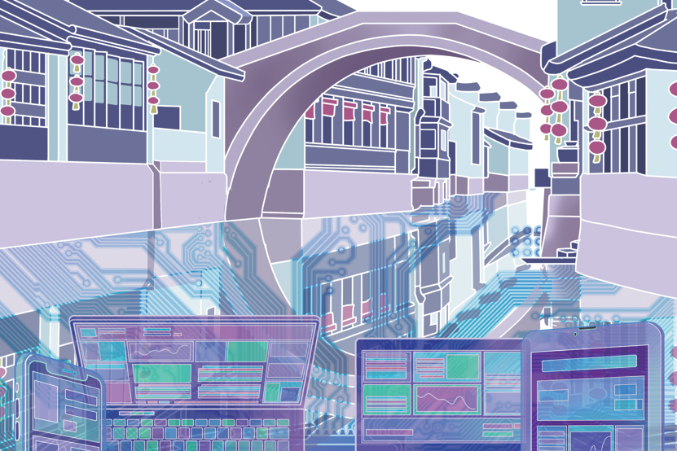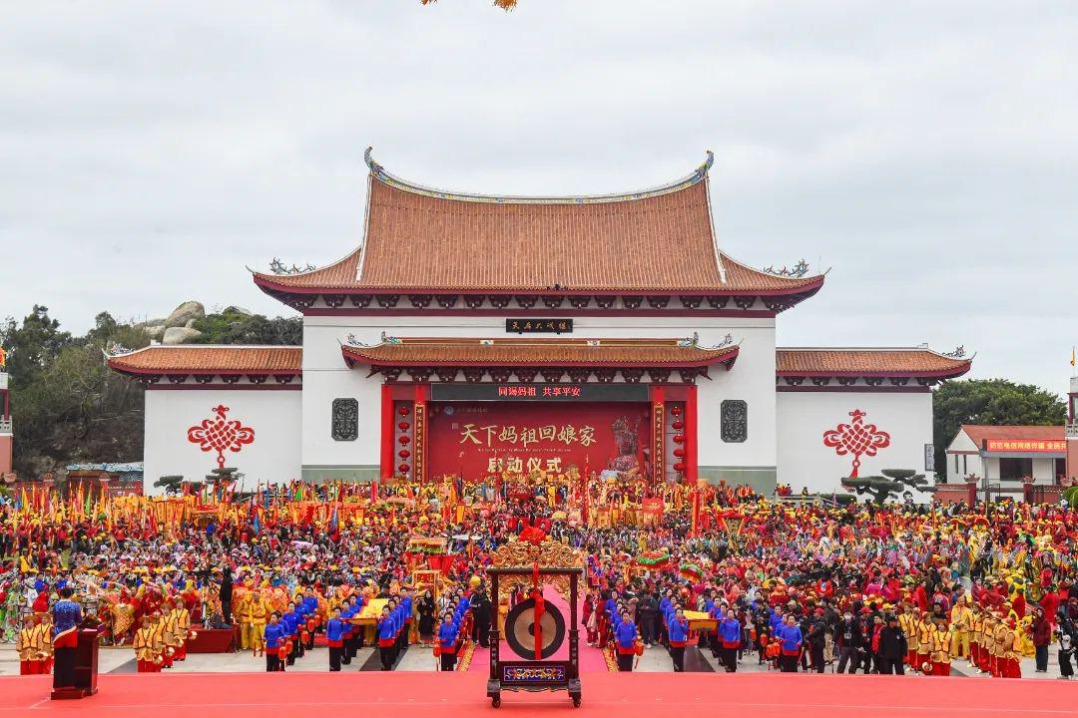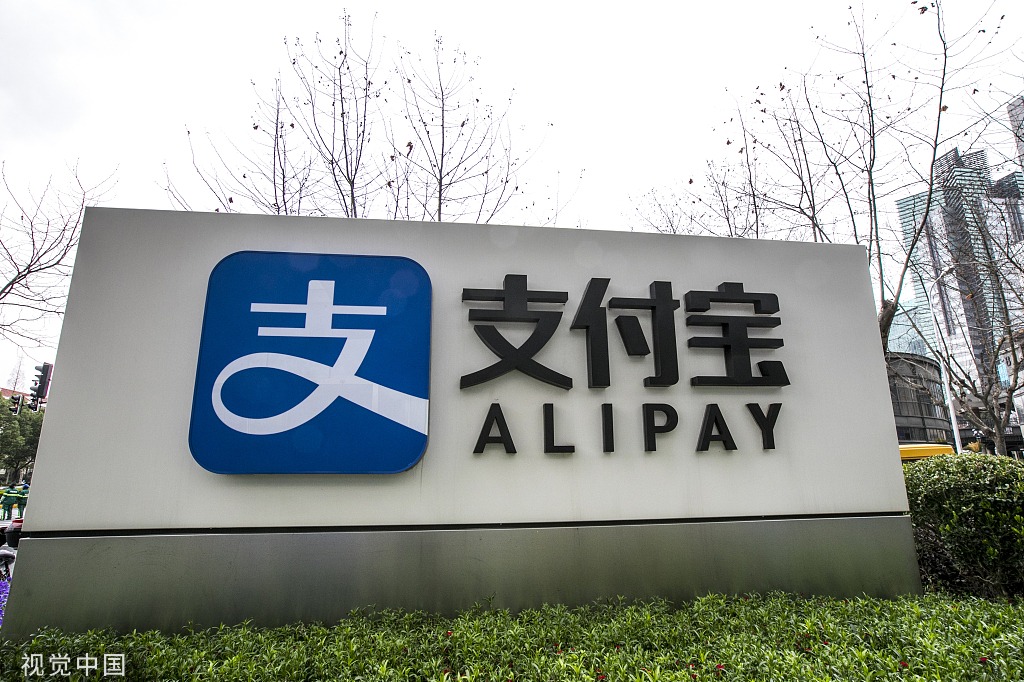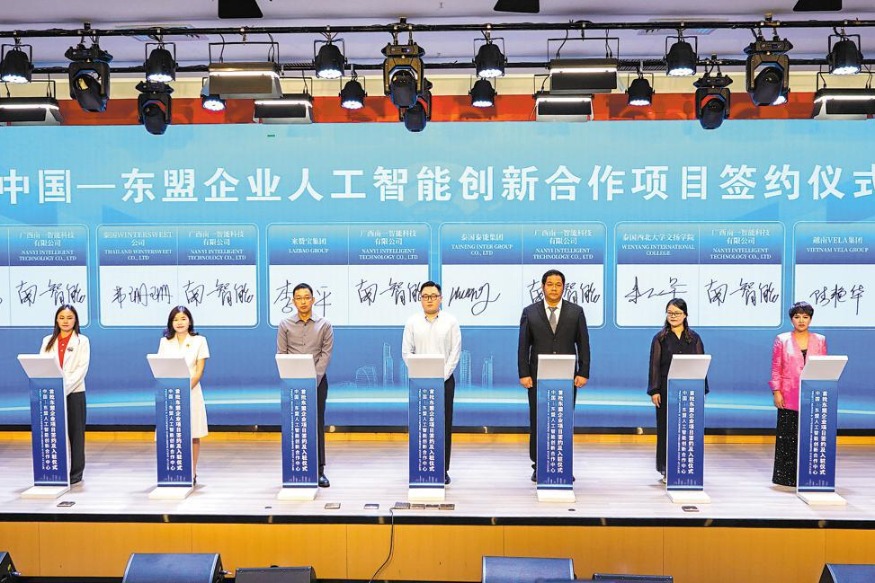Turning challenges into opportunities
Facts reveal that with its constructive problem-solving approach, China's Belt and Road Initiative has immense potential for shared development


Facts reveal that with its constructive problem-solving approach, China's Belt and Road Initiative has immense potential for shared development
A recent article in Foreign Affairs accuses China's Belt and Road Initiative of saddling developing countries with unsustainable debt while fulfilling China's geopolitical ambitions. However, a closer look reveals that it is a distorted narrative aimed at politicizing the Belt and Road Initiative while ignoring its considerable benefits.
The article claims China has dispensed $1 trillion in potentially problematic loans. Yet, it fails to provide the source for such a figure. A report by Green Finance &Development Center states that by 2019, China's total outstanding lending to 52 Belt and Road countries stood at $102 billion. According to another report by the Guardian, researchers from Aid-Data have identified $385 billion in loans that 165 countries owe to China for Belt and Road projects. These numbers vary, but stand far below the $1 trillion figure provided but not substantiated in the article. No doubt, Belt and Road lending is substantial, but its sum hardly constitutes global domination.
The article demonizes the Belt and Road Initiative's role in the debt crises of some countries. However, the Center for Global Development, after analyzing debt risks across 68 Belt and Road countries, found that only eight countries faced high debt distress. Crucially, these countries were already at high debt risks even before their participating in the Belt and Road Initiative, meaning they likely could not have found financing for their infrastructure projects otherwise. In this sense, the Belt and Road Initiative actually provides developmental lifelines, not debt traps. Even critics of the Belt and Road Initiative admit that many of its projects have been successfully completed to the advantage of the host nations.
For example, after initially halting the project, Malaysia revived the East Coast Rail Link, recognizing its value for national development. In truth, China has demonstrated flexibility when problems arise. It has restructured, canceled or forgiven troubled Belt and Road debts.
Though China's bailouts are still smaller than those provided by the International Monetary Fund, it has offered key relief to high-debt countries nevertheless. The IMF leadership has applauded China as a development partner. In the words of its managing director Kristalina Georgieva, the IMF and China have a "strong partnership".
The claims that accuse China of seizing strategic assets are baseless. A March 2018 report released by the Center for Global Development found that between 2001 and 2017, China had restructured or waived loan payments for 51 debtor nations. Long-term leasing is on the basis of negotiations and mutual consent, and the purpose is precisely to avoid seizing state assets.
Above all, the Belt and Road Initiative meets the vital needs of participating countries. According to a report by the World Bank, when completed, Belt and Road transport projects can reduce travel time along economic corridors by 12 percent, increase trade by anything between 2.7 and 9.7 percentage points, increase income by up to 3.4 percentage points and lift 7.6 million people out of extreme poverty, delivering major social economic gains. In addition, developing countries face a significant infrastructure gap, with an estimated $1-1.5 trillion needed annually to meet their infrastructure needs. The Belt and Road Initiative is one way by which China helps address this gap by investing in infrastructure projects in developing countries. This is why it has been endorsed by the African Union as a tool for achieving its Agenda 2063.
For example, the Maputo-Katembe Bridge project in Mozambique that connects the capital city of Maputo on the northern bank with the district of Katembe on the southern bank has significantly reduced commute time to Maputo and boosted regional trade and economy. Before the bridge was built, the only way to cross the bay was by ferry, which could take up to two hours. With the completion of the bridge, travel time between Maputo and Katembe has reduced to just a few minutes. This means tens of thousands of people who work in Maputo can now live with their family at Katembe.
This is not to say the Belt and Road Initiative is without flaws. There are instances of corruption and loose lending, but such issues plague Western development projects, too. The difference is that when China encounters problems, it takes a proactive approach to addressing the problems and averting broader crises. For instance, when Malaysia faced unsustainable costs for the East Coast Rail Link, China agreed to cut the project cost by one-third, showing flexibility to address the host country's concerns. After Sri Lanka fell behind on Belt and Road loan payments for the Hambantota Port in 2017, China negotiated a debt-for-equity swap, helping Sri Lanka avoid default.
With cooperation and open-minded engagement, China and international partners can build on the Belt and Road Initiative's successes while addressing the issues for improvement. But a politicized narrative that exaggerates challenges while dismissing benefits will only breed mistrust when mutual understanding is needed. Ten years since the launch of the Belt and Road Initiative, it is time to move beyond distortions and recognize the initiative's constructive role in advancing sustainable development.
As Winston Churchill once said: "A pessimist sees the difficulty in every opportunity; an optimist sees the opportunity in every difficulty." By actively working to resolve issues through negotiations and mutually beneficial solutions, China and its Belt and Road partners have turned challenges into opportunities for greater cooperation. With this constructive problem-solving approach, anchored in hope rather than despair, the Belt and Road Initiative's immense potential for shared development can be fully unleashed. What matters are not the inevitable setbacks along the way, but the vision to persevere in pursuit of greater human progress.
He Yun is an associate professor at the School of Public Policy at Hunan University. Shi Zhiqin is the director of the Belt and Road Research Institute at Tsinghua University. The authors contributed this article to China Watch, a think tank powered by China Daily. The views do not necessarily reflect those of China Daily.
Contact the editor at editor@chinawatch.cn.
















